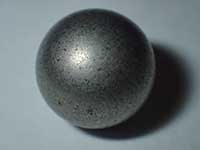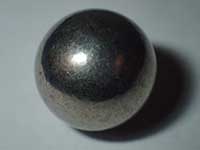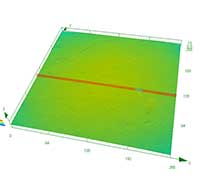Background
Ball bearings are used in a range of equipment where the friction in rotating parts must be minimized including automobiles, bicycles, electric appliances, and industrial machinery. To reduce resistance, ball bearings are ground so that their sphericity is as close to that of a true sphere as possible and their surfaces are smooth. Ball bearings are generally made of chromium or stainless steel, although they can also be made of ceramics or brass. To ensure smooth and efficient operation, the surface roughness of ball bearings must be accurately measured during the production process, especially after the balls have been ground. Failure to ensure the sphericity and smoothness of the ball’s surface can lead to poor bearing performance.
The Olympus solutions
The Olympus LEXT 3D laser measuring microscope features the ability to make non-contact, planar roughness measurements on spherical objects ensuring accuracy and precision. In contrast to conventional contact-type roughness testers, the LEXT enables you to easily set the measurement position, even on a miniscule ball. In addition, the LEXT captures the roughness measurements of the ball as a planar image and displays it in 3D, which provides you with complete and detailed information on the roughness of the bearing. The microscope provides traceability of measured values so you have peace of mind about the accuracy of the measurements. The high inclination detection sensitivity means that even subtle surface unevenness is accurately recorded.
Features of the product
The Olympus LEXT uses a laser to make non-contact measurements of surface roughness. The powerful software creates and records 3D, planar roughness measurements with ultra-high-resolution and outstanding accuracy. The LEXT features high inclination sensitivity for making accurate measurements of complex and steep-sided irregularities.
Image



Before grinding



After grinding
Figure 1: 3D surface measurements of a ball bearing before (left) and after (right) grinding using the LEXT

